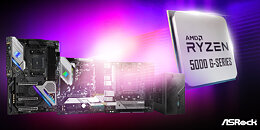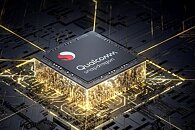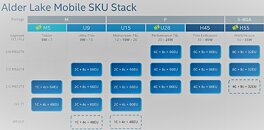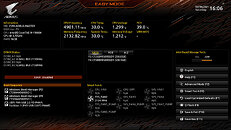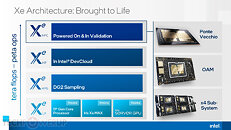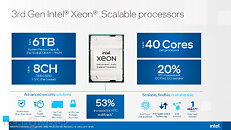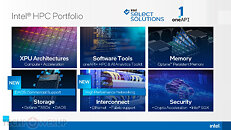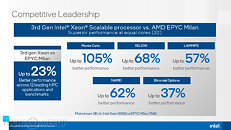
Intel Celebrates 50th Anniversary of the Intel 4004 Processor
Today, Intel celebrates the 50th anniversary of the Intel 4004, the world's first commercially available microprocessor. With its launch in November 1971, the 4004 paved the path for modern microprocessor computing - the "brains" that make possible nearly every modern technology, from the cloud to the edge. Microprocessors enable the convergence of the technology superpowers - ubiquitous computing, pervasive connectivity, cloud-to-edge infrastructure and artificial intelligence - and create a pace of innovation that is moving faster today than ever.
This year marks the 50th anniversary of the 4004 chip. Think of how much we've accomplished in the past half-century. This is a sacred moment for technology. This is what made computing really take off!," said Pat Gelsinger, Intel CEO. The 4004 is the pioneer microprocessor, and its success proved that it was possible to build complex integrated circuits and fit them on a chip the size of a fingernail. Its invention also established a new random logic design methodology, one that subsequent generations of microprocessors would be built upon, before evolving to create the chips found in today's modern devices.
This year marks the 50th anniversary of the 4004 chip. Think of how much we've accomplished in the past half-century. This is a sacred moment for technology. This is what made computing really take off!," said Pat Gelsinger, Intel CEO. The 4004 is the pioneer microprocessor, and its success proved that it was possible to build complex integrated circuits and fit them on a chip the size of a fingernail. Its invention also established a new random logic design methodology, one that subsequent generations of microprocessors would be built upon, before evolving to create the chips found in today's modern devices.






























